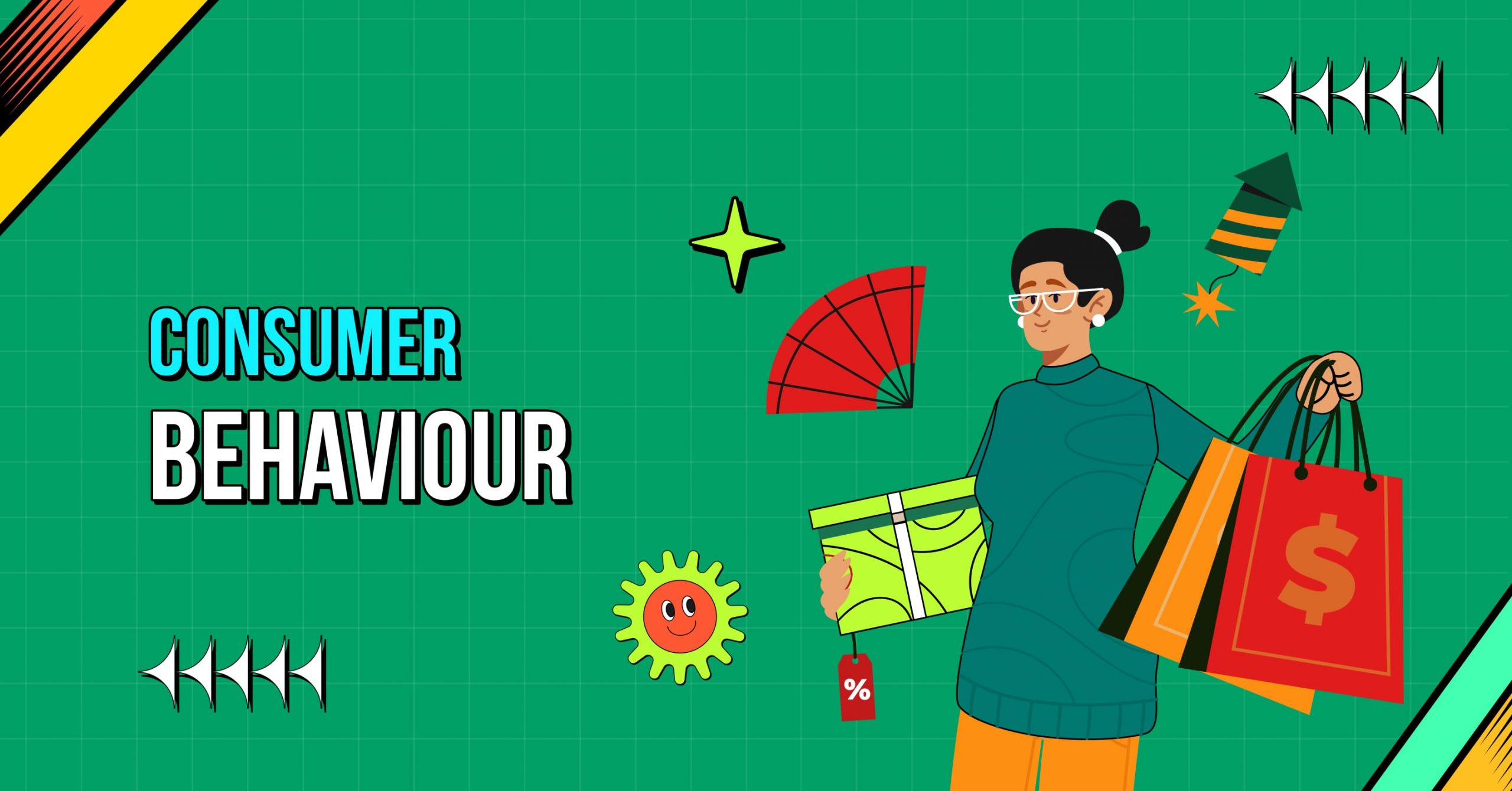
Fundamentals of Consumer Behavior: Boost Your Sales in 2024
Looking for a way to take your business to the next level?
Then modify your business strategy according to consumer behavior. Of course, effective business requires an understanding of consumer behavior.
To get started, you should have obvious knowledge about it.
Before we start, let us congratulate you for landing on this blog post. That’s because after reading this blog, you will have a solid grasp on consumer behavior. This blog aims to provide you with a structured and authoritative explanation.
Firstly, let’s know its definition. Afterward, we will discuss the importance, types, and ways to collect data.
What is consumer behavior?
Definition of consumer behavior
Consumer behavior is about how people or groups decide to buy, use, and get rid of things like products and services to meet their needs and desires.
Let’s talk more elaborately about this.
The term “consumer behavior” refers to the actions and behaviors of individuals and groups that help you better understand the process they follow in evaluating, choosing, purchasing, using, and disposing of a product or service.
Moreover, it incorporates ideas from several factors, including psychology, biology, chemistry, sociology, culture, economics, and situational variables.
Now you have to keep track of what these factors include. Take a look at the bullet points.
- personal views and values
- needs
- logic
- motivations
- perceptions
- attitudes
- beliefs
- norms
- social conventions
- family influences
- peer groups
- marketing strategies
- product features
- environmental conditions
and more.
Most importantly, studying consumer behavior involves analyzing patterns, trends, and motivations behind consumer choices, as well as predicting how these choices might change in response to various stimuli or changes in the environment.
The importance of consumer behavior
Understanding consumer behavior has a significant implication, as it helps you succeed in catering your offerings to the demands of your customers.
The complexity is that consumers have various thought processes and behaviors toward buying a particular product. So, the more you are aware of their behavior, the better you can improve your product and marketing strategy according to their needs.
The importance of it is countless. But in this section, we will discuss five points you need to understand about the behavior of consumers.
Ready to brainstorm about the five important points we outlined?
Read on.

01. Consumer differentiation
Consumer differentiation is the segmentation of consumers into different groups according to their needs, desires, and preferences. This marketing strategy helps to highlight the unique features, benefits, or characteristics of your products or services.
And guess what it results in?
It will make your products or services more appealing and valuable to a certain group of consumers compared to other options in the market.
Of course, a big impact on consumer acquisition will be created for you on that note.
02. Identifying market opportunities
When you know your customers behavior, you are one step ahead of your competitors in a critical aspect of marketing. Also a fundamental part of marketing.
But what is that?
That is, identifying market opportunities.
When you know all the opportunities in the market, you are very clear about implementing your marketing strategy.
Moreover, you can uncover new opportunities and execute every strategy at the perfect time. Gradually, this clever move will boost your sales and revenue.
Be where your customers are!
Hear your customers wherever they need you.
03. Acquisition and retention of customers
What else does your business need when you have both consumer acquisition and retention power at the same time? Of course, having these two tactics is enough to boom your business.
On that note, a deep insight into your customers behavior works as a powerful tool for optimizing customer acquisition and retention strategies. An all-inclusive analysis of their behavior enables a more effective acquisition campaign and helps you nurture long-term relationships.
Therefore, you must implement this optimal method to attract new customers and keep them engaged in your business.
04. Product development and innovation
In today’s competitive and ever-evolving marketplace, you need to be smart enough to ensure the sustainability of your business. Continuous product development and innovation will help you out in this case.
Sadly, most new products and ideas fail. According to a survey, new product failures range from an estimated 33% to 90% based on the type of industry.
In this regard, you must conduct a comprehensive consumer behavior study to beat this failure ratio. By doing so, you can easily align your product development and innovation with market trends.
05. Adapting to market trends
It’s a stark fact that buying habits are not constant. They change with social, technological, and economic trends. With this in mind, you must adapt to these changes. This will not only help you stay ahead of the competition but also allow you to meet the evolving needs of customers.
So, when you are into adapting market trends to provide a better customer experience, studying the behavior of customers will be the best option for you.
Here, you can keep an eye on the latest market trends, such as the rise of online shopping, the growing demand for sustainable products, etc.
But you know what’s even better?
This will assist you in quickly adjusting to new trends as well as embracing business changes. Moreover, you will be a pro at experimenting with new marketing strategies and trends.
Types of consumer behavior
So, now you know what consumer behavior is and its importance. Now it’s time to learn about the types of consumer behavior.
There are four primary categories of it. We went into greater detail about the types in this section, using simple language to make it easy for you to understand.
Sounds interesting? Let’s begin the explanation.
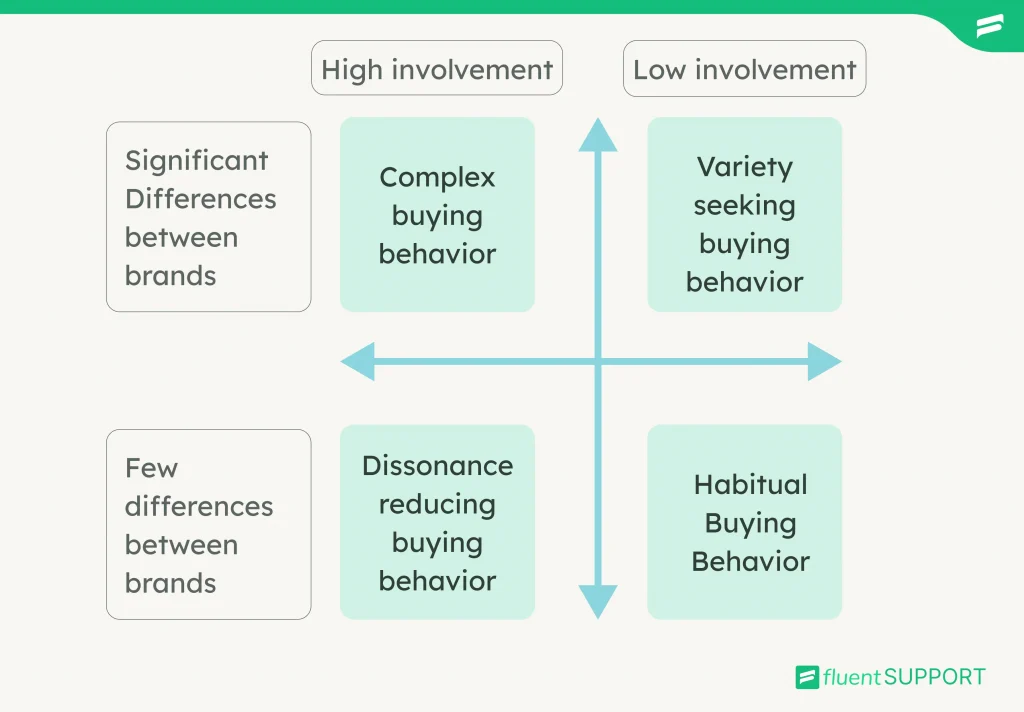
1. Complex Buying Behavior
In complex buying behavior, you can find customers who are well-connected and involved in the whole purchasing process. Not only that, they also observe substantial differences between the brands available.
First of all, customers build trust, then develop an understanding of the product, and finally make a voluntary choice. In the whole decision making process, they are typically very careful and deliberate.
Moreover, you can notice this type of behavior among products that are expensive, risky, and infrequently purchased.
For instance, when a customer buys a mobile phone or laptop, he will first gather a lot of information about the different brands available. He will weigh the pros and cons of each option carefully before making a decision. Additionally, he may also seek out advice from friends, family, and experts before making a purchase.
2. Dissonance-Reducing Buying Behavior
Like complex buying behavior, here you can find that the customers are well connected and involved with the product or service. But the difference is that customers find it difficult to distinguish between the brands available.
This type of behavior is often associated with products that are expensive, infrequently bought, or have similar features.
Now, let’s know the main idea of dissonance-reducing buying behavior that it is named after.
Here, a consumer becomes concerned about post-purchase cognitive dissonance and feels regret about the choice they made. So, the consumer starts to seek out additional information to reduce the dissonance.
Suppose, after gathering a lot more information, a customer started using an insurance plan. But for some reason, he is feeling doubt or dissonance about it. In this situation, he will seek some positive feedback or assurance to validate his decision. He wants to reassure himself that he has made the right choice.
3. Habitual Buying Behavior
Habitual shopping is usually one where there is little or no involvement by customers in the product or brand category and no significance among brand names.
Generally, consumers do not make an effort to obtain adequate information about product features. They buy things without putting much thought into them. They simply purchase it without any hesitation.
They may have a favorite brand that they always purchase, or they may simply buy the product that is most convenient or affordable.
This type of behavior is often associated with low-priced, frequently bought products, such as groceries, household staples, and convenience items.
For such brands, TV commercials, news papers, and magazines build the positive attitude of consumers towards them.
Let’s understand habitual buying behavior with some real life examples.
Suppose a person needs a haircut. He habitually gets his haircut in the same salon, according to his comfort. Most of the time, he will not think about many other salons.
Or, imagine grocery shopping. When a consumer purchases items like bread or coffee, he will buy his favorite one according to his habitual norm.
4. Variety-Seeking Behavior
As the name suggests, in variety seeking buying behavior, consumers seek a variety of options for products. It’s not that consumers are dissatisfied with the previous one. They just perceive brand or product switching as a desire to experience new things.
Again, in this buying behavior, consumer involvement is very low, as consumers put little thought into their purchase.
Moreover, like habitual buying behavior, this type of behavior is associated with low priced and frequently bought products.
Let’s clarify the concept with some examples.
Most likely, buying chips or snacks will not cost too much. So, consumers can easily choose from a variety of options to satisfy different tastes.
Again, a consumer can try out different colors of t-shirts such as black, white, or with more color. In this situation, he just seeks variety to spice up his life. Usually, he doesn’t need to give much thought to it, as it’s not an expensive and frequently bought product.
How to collect consumer behavior data?
To establish your business as a customer focused organization, you have no choice but to know about consumer behavior. There are a variety of methods you can use to collect consumer behavior data.
In this section, we will dig deeper into the three best methods that will be convenient for you and produce a better outcome.
So, let’s explore them.
Consumer behavior survey
When you are thinking about gaining valuable insights into your customer’s needs, preferences, and purchase behavior, nothing is better than conducting a customer behavior survey. It’s the best way to collect feedback from customers because you can directly ask them questions. In the survey process, ask about their purchase history, areas of interest, and, obviously, their pain points.
Now you must be thinking about which methods to use to conduct the survey. To get the most out of your survey, conduct it online, over the phone, or in person. In this case, which method is best for you is all based on your targeted audience, resources, and goals.
To collect precise data, plan your survey pattern according to your business goals. To get the most out of your queries when using a web based survey, use both closed-ended (multiple-choice) and open-ended (textual) questions. Doing this will help you gather comprehensive and valuable insights from survey respondents. One notable aspect is that, survey questions should be concise, clear, and relevant.
We would like to recommend you use tools like Fluent Form, SurveyMonkey, Qualtrics, etc. to conduct surveys in a more appropriate and organized way.
Consumer Focus Groups / Conduct a focus group
What is consumer focus group?
A consumer focus group is an in-person meeting with a cross-section of customers where you can get better insights, perspectives, and feedback about them.
Considering the definition, you have learned that focus groups will provide you with the opportunity to know your customers on a deeper level. When you are able to get to know them in that way, there is nothing left to properly hypothesize about their attitude towards brands or buying habits.
This data collection method will allow participants to discuss among themselves. As a result, you could explore different demographic views about your product.
Most of the time, the discussion takes place in person. But you could conduct it in some other way, like online or via video conferencing. Apply the best method that matches your convenience. Throughout the discussion, a moderator from your side will be in charge, conducting the process, asking questions, and collecting feedback.
A reminder for you: do not be obsessed with this qualitative research method while understanding market problems. The reason is that conducting consumer focus groups is not a substitute but rather a supplement to the process.
Web analytics tools
When you are collecting consumer behavior data from your website, web analytics tools like Google Analytics, Adobe Analytics, Hubspot, etc. can help you get the most out of your operation. With the help of these tools, you can track a variety of customer behaviors, like
- How long customers spend on your site
- How they interact
- What pages they visit
- Online presence that they love
- Which products they add to cart
- Which products are in high demand
- How visitors navigate your site
- Bounce rate and exit pages
- Which pain points are effecting the user experience
- Which content resonates most with your audience
- Which strategy is more engaging and which one should be eliminated
Our above suggested methods will be all-inclusive for you. Combine those methods to gain insight into a comprehensive view of customers. But even if you are thinking about exploring other methods other than these, you can try out well-liked methods such as—
- Business Ethnographic Research
- Customer Relationship Management (CRM)
- Social media monitoring
- Customer feedback forms
- Heatmaps
Now you know how to collect consumer behavior data. But is this the end of the process?
Absolutely no. The real purpose of collecting data is to analyze it and take action. So don’t just collect data for the sake of collecting data. Analyze your collected data on a regular basis and make changes according to your customer’s behavior. By following this continuity, you can improve your products or services as well as customer satisfaction.
Wrapping up
In the end, we highly recommend you prioritize understanding consumer behavior.
Thus, without any hesitation, assemble your team to make the best effort with what you have learned from this blog.
We appreciate you taking the time to read this blog.
Start off with a powerful ticketing system that delivers smooth collaboration right out of the box.






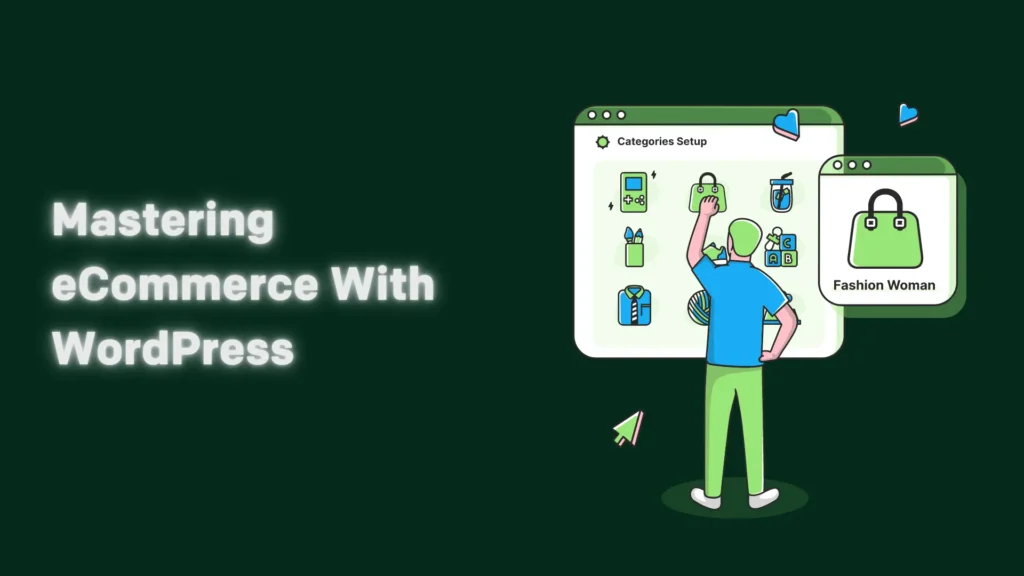


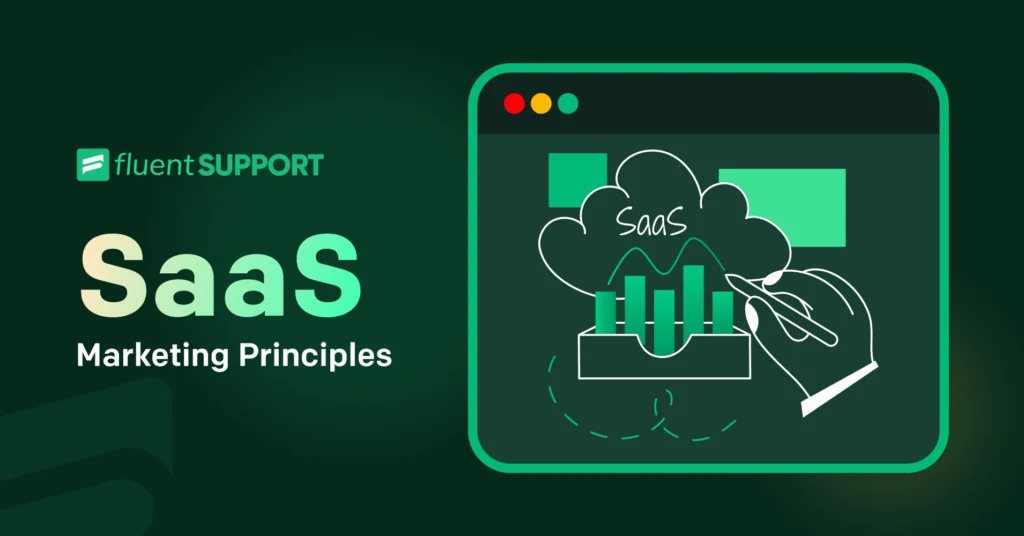

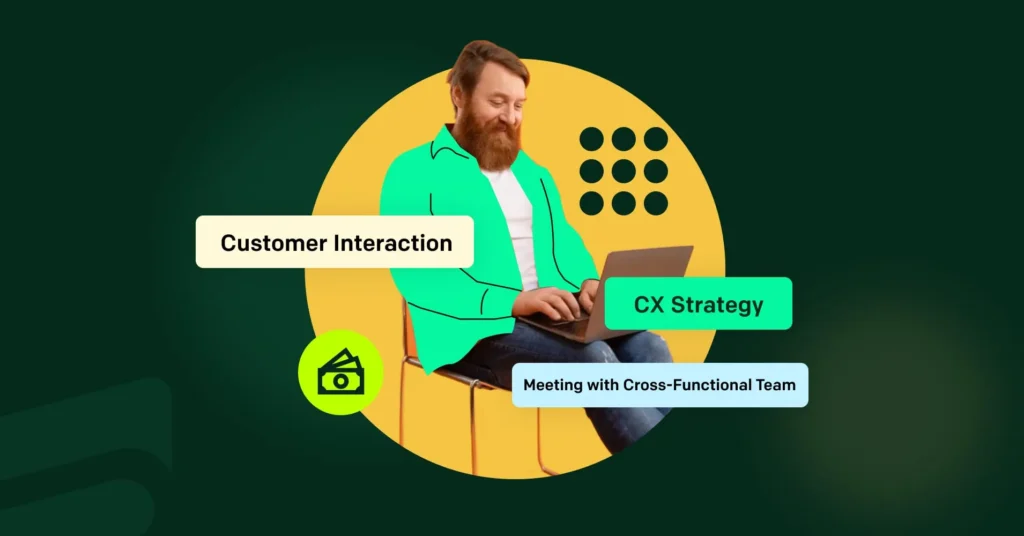
Leave a Reply